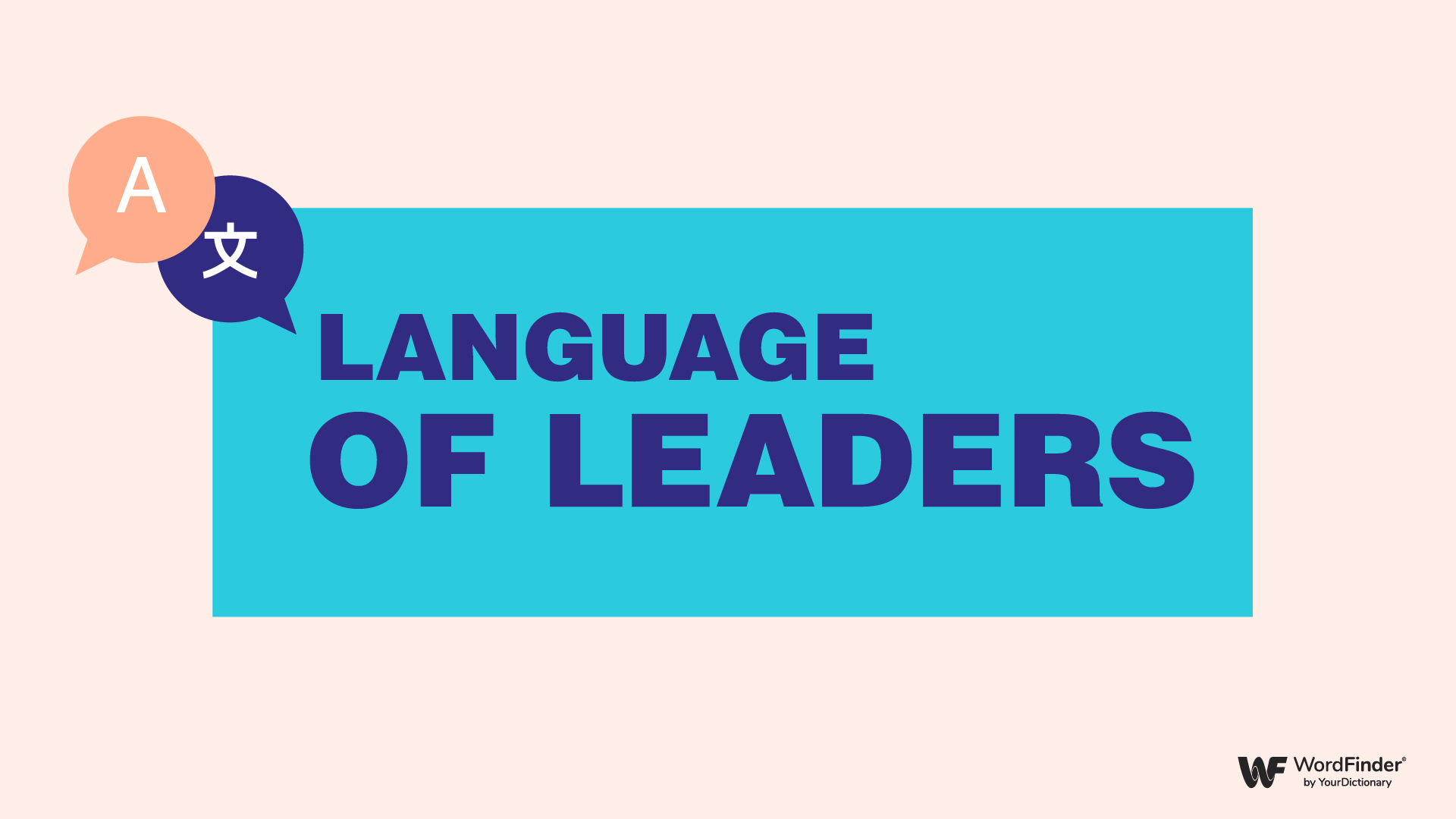Key Takeaways
Of all the speeches we analyzed, Ales Bialiatski had the highest lexical diversity: 56.2% of the words in his speeches were unique.
Donald Trump’s speeches had 26.8% lexical diversity, while Joe Biden’s had 25.8%.
The most frequently used word in U.S. leader’s speeches was “know.”
“People” was the most common word in world leader’s speeches.
The speeches we analyzed had an average of 33.6% unique words overall.
Decoding the Language of U.S. Leaders
Our study uncovers the top words used by U.S. leaders and how varied their vocabulary is. See which words are the hallmarks of influential voices below.

Overall, the most frequently used word in speeches by U.S. leaders was “know,” which suggests they often desire to sound confident and knowledgeable.
James Hansen stood out from the crowd with “climate” as his most-used word, reflecting a focused commitment to environmental issues. His lexical diversity score was also the highest among all U.S. leaders in our study, with just over 43% of the words in his speeches that we analyzed being unique. Similarly, Al Gore’s emphasis on “fossil” and Tim Cook’s on “people” showcased their respective areas of focus, be it the former’s environmental activism or the latter’s people-centric approach to technology.
Compared to these leaders, former President Donald Trump’s speeches exhibited about 27% lexical diversity, while President Joe Biden’s stood at around 26% — both lower than most others in the study. Similarly, Elon Musk, known for his transformative impact on technology and space exploration, displayed a lexical diversity of about 22%. This relatively low word variance could suggest a focused and consistent use of language in their communications.
Lexical Exploration of International Leaders
According to the next part of our study, the linguistic diversity among global figures paints a striking portrait of their priorities and rhetoric styles.

Topping our list was Ales Bialiatski, a Belarusian human rights activist whose lexical diversity reached an impressive 56.2%. This means that more than half of the words in his speeches were unique, indicating a richly varied use of language in advocating for human rights. Here’s another view of global leaders’ vocabulary uniqueness — Bialiatski is clearly ahead of the pack.

We found Tibet’s spiritual leader, The Dalai Lama, had the second-highest diversity score (46.4%) among the international leaders studied. He also used “think” in his speeches more than any other word. Joko Widodo of Indonesia focused most on “Indonesia” and ranked third with a diversity score of 44.5%. Both of these figures demonstrated a strong, varied use of language that reflects their respective spiritual and national concerns.
Similarly, Greta Thunberg’s 41% lexical diversity and top word, “climate,” echoed her passionate and varied advocacy for environmental issues.
Linguistic Patterns in Leadership Speeches
Next, we were curious to explore how leaders’ word choices and overall sentiment varied when they spoke. We broke down the most frequent and unique words in their speeches alongside their lexical diversity and sentiment measures for a detailed look at their linguistic patterns.

The top 10 most frequent words, led by “people,” “know,” and “one,” reflected a relatable and cognitively engaging narrative woven throughout the speeches we analyzed. These ubiquitous words speak to universal themes and shared human experiences. On the flip side, the overall lexical diversity of 33.6% indicates a thoughtful balance between everyday language and more distinctive choices, like “apprehensive” and “diocese” — words that add a unique flavor to the discourse.
Furthermore, the average sentiment score of all the speeches we analyzed was 0.1443, measured on a scale from -1 (most negative) to 1 (most positive). This indicates a mostly neutral but slightly positive sentiment overall among leaders’ speeches, a rhetorical balancing act that maintains engagement without veering into extremes.
Reflecting on The Power of Words
Honing in on the speech details of global and U.S. leaders uncovers various and enlightening patterns. From James Hansen’s emphatic focus on climate to the stark contrast in lexical diversity between figures like Ales Bialiatski and Elon Musk, our findings provide deep insights into the inner workings of political and public discourse. These insights underscore the profound impact of language in shaping public perception and policy.
Do these differences in lexical diversity indicate that Bialiatski has a wider, more complex vocabulary than other leaders? Or, might Musk’s lower score simply reflect a more straightforward, conversational style — an approach that prioritizes clarity and accessibility for a broader audience?
Ultimately, these different communication styles show just how varied and intricate public discourse can be. They remind us that what makes language powerful isn’t just the words we choose, but also how these words connect with and interest the people listening.
Methodology
We compiled 861 speeches from the past 20 years from 80 world leaders. We gathered YouTube URLs of each speech and transcribed them to text using BeeCut and YTScribe. We translated all non-English speeches into English before analyzing them. We analyzed a minimum of five speeches per leader. We determined the lexical diversity based on the percentage of unique words in each speech.
Our sentiment analysis relied on the TextBlob library’s API for common natural language processing (NLP) tasks such as identifying word types and word groups, and understanding positive or negative sentiments. We also used the NLTK library for tokenizing text (splitting into words), removing stop words (common words that are usually ignored), and part-of-speech tagging (identifying whether a word is a noun, verb, adjective, etc.).
About WordFinder
WordFinder® is a free word games helper and a key resource for word game enthusiasts. Our free tools include a scrabble word finder, words with friends cheat, wordle solver, daily wordle hints, NYT connections hints, and more. Our platform is dedicated to helping users unscramble letters, find the right words, and gain a competitive edge in their favorite word games.
Fair Use Statement
Feel free to share these findings for non-commercial purposes. If you do, please provide a link back to this page to credit the source and maintain the information’s integrity.




